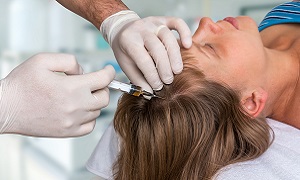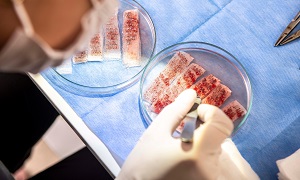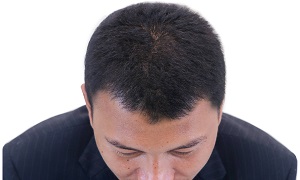Hair Transplant
Hair Transplant surgery is a medical procedure in which the surgeon will move hair to a bald region of the head. He or she will take hair from the side or the back of the head and move it to the front region or the top region of the head. A majority of hair loss cases are a result of pattern baldness that involves genetics. However, other reasons for baldness may include:
- Stress
- Hormonal imbalance
- Diet
- Medications
- Illness
Types of Hair Transplant
There are two types of hair transplant: micrografts and slit grafts.
While a micrograft comprises one to two hairs per graft, a slit graft comprises four to ten hairs per graft. This largely depends on the area to be covered.
Who needs a Hair Transplant?
Although Hair Transplant is a good option, some people may not go for the procedure. If a woman has a widespread hair loss pattern or people who lack adequate donor hair sites cannot opt for Hair Transplant. Also it is not for the people who lost hair due to chemotherapy. People who need a Hair Transplant may be:
- Women with thinning hair
- Men with male pattern baldness
- Someone who lost hair due to scalp injury or burns.
What to expect?
During the procedure
The surgeon will perform the procedure at his or her office. He or she will clean your scalp to inject a medicine that will numb the back of your head. Your surgeon may opt either for a follicular unit strip surgery (FUSS) or follicular unit extraction (FUE). If your surgeon goes for FUSS, then he or she will remove a strip of skin, around 6 to 10 inches from the back of your head. Next, he or she will sew your scalp to close it down and keep this strip of skin aside.
The entire team will then divide the strip of skin into 500 to 2000 skin grafts that have a single strand each or a few hairs. The type of graft and the number will depend on your quality of hair, color, hair type and the size of the area on which the transplant is to be performed.
For the FUE procedure, your surgeon will shave the back of your head. He or she will then remove hair follicles from there, one by one. The shaved area will heal with small dots and the surrounding hair will cover it.
After the preparation of the grafts, the surgeon will clean and numb the area where you are getting the transplant. He or she will create slits or holes with the help of a needle or scalpel. The team will carefully place each of the grafts in these slits. The entire procedure will take around 5-8 hours depending on the size of the area undergoing the transplant. You might need to undergo this procedure again if you are losing a lot of hair or if you want thicker hair.
After the procedure
Your scalp might be tender after the surgery. Your doctor will prescribe you some medications for a few days to alleviate your pain. Also he or she will apply some bandages over your scalp for a day or more than 2 days, if needed. Your doctor will prescribe you antibiotics or anti-inflammatory drugs that you may need to take for some days. In most of the cases, people can get back to work within a week of the operation.
Outcomes
The transplanted hair will fall off within two to three weeks after the surgery. However, you will notice the growth of the new hair after a few months’ time. Many people notice more than 50 percent of new hair growth after around 8-9 months. Your surgeon may prescribe you the drug minoxidil (Rogaine) responsible for new hair growth to improve the growth of hair on your scalp after the transplantation procedure.
Complications associated with Hair Transplant
Just like other medical procedures, a Hair Transplant also has its own side effects. However, they are minor and may disappear within a few weeks’ time. These complications may be:
- Infection
- Formation of crust on some areas of the scalp where hair was implanted or removed.
- Folliculitis or inflammation of your hair follicles
- Swelling of the scalp
- Numbness (lack of sensation) in the treated areas of the scalp.
- Temporary loss of the transplanted hair.
- Bleeding
- Bruising around the eyes
- Itching
- Unnatural tufts of hair
Long Term Outlook
People who went for a Hair Transplant procedure will observe the growth of hair in the transplanted areas of the head. The quality and volume of the new hair may vary depending upon:
- The density of the follicles in the transplanted area
- Hair curl
- How loose the scalp is or scalp laxity
- Hair quality
If you avoid taking medications like finasteride or minoxidil or undergo a laser therapy of low level; then you might experience hair loss in the areas of your scalp that were left untreated. You must discuss the outcomes of the procedure with your surgeon to be aware of all the situations.





